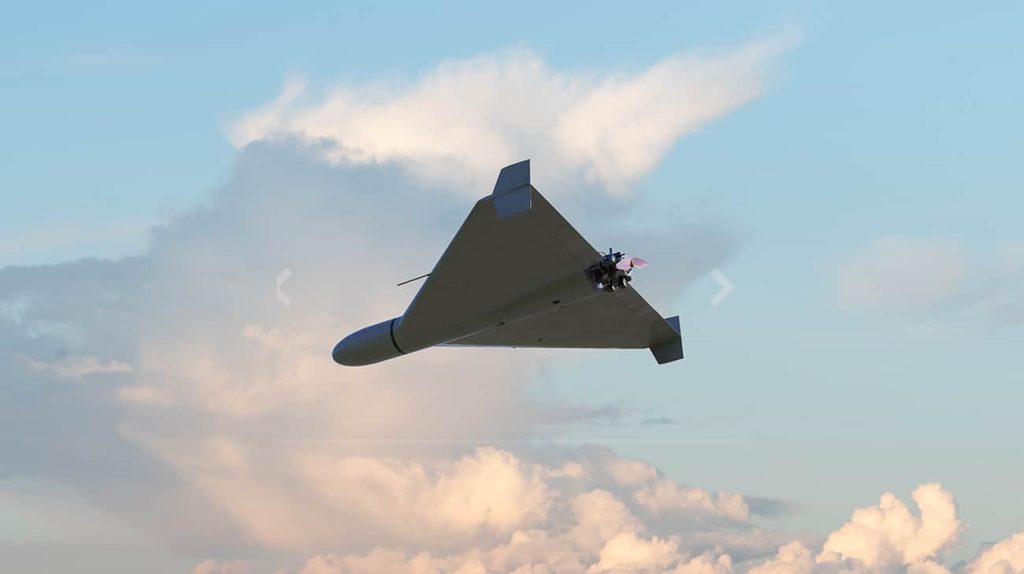Russian Shahed Drones Weaponized with Toxic Chemical Agents: A New Low in Warfare
Kyiv, Ukraine – Disturbing reports have emerged confirming the use of Iranian-supplied Shahed-136 kamikaze drones by Russian forces to disperse toxic chemical agents across Ukraine. The Center for Countering Disinformation (CCD), a Ukrainian government body, verified the information with intelligence services and the State Emergency Service, revealing a sinister escalation in Russia’s ongoing aggression. The discovery of a Shahed drone carrying a capsule filled with CS gas, a potent irritant, has raised serious concerns about the Kremlin’s willingness to disregard international norms and the potential humanitarian crisis this tactic could unleash.
The CS gas, technically classified as a riot control agent, can cause severe respiratory distress, skin irritation, and temporary blindness. While not typically lethal, its deployment via drones raises the spectre of widespread panic and suffering among civilian populations. The use of these chemical agents, even if not immediately deadly, signals a dangerous precedent and raises fears that Russia might escalate to the use of more lethal chemical weapons. This latest development has drawn widespread condemnation from international human rights organizations and governments, who see it as a blatant violation of international law and a desperate attempt to gain an advantage in the face of Ukrainian resilience.
The CCD’s findings indicate that these weaponized Shahed drones are designed to release capsules containing the CS gas, maximizing its dispersal and impact. This delivery method, coupled with the drones’ ability to target specific areas, poses a grave threat to Ukrainian civilians and military personnel alike. The drones can bypass traditional air defenses, silently approaching their targets before detonating and releasing the toxic payload. While reports of the drones’ bodies themselves being coated with poisonous substances remain unconfirmed, the confirmed presence of CS gas capsules highlights the urgent need for heightened vigilance and protective measures.
The international community has responded with alarm, with numerous countries condemning Russia’s actions and calling for an immediate cessation of these heinous tactics. The use of chemical weapons, regardless of their lethality, is a flagrant violation of the Chemical Weapons Convention, a treaty that Russia itself has ratified. This violation underscores Russia’s disregard for international law and its willingness to employ increasingly inhumane methods in its war against Ukraine. The international community faces the challenge of holding Russia accountable and deterring further escalation of this dangerous precedent.
The ramifications of this revelation extend beyond the immediate battlefield. The use of Shahed drones to disperse chemical agents raises concerns about the proliferation of this tactic to other conflict zones and the potential for its adoption by non-state actors. The relative affordability and accessibility of drones, combined with the ease of weaponizing them with chemical agents, makes this a particularly alarming development. International security experts are now grappling with the implications of this emerging threat and the need for proactive measures to prevent its wider adoption.
Ukraine is now facing a new level of threat requiring urgent international assistance. Beyond the immediate need for medical supplies and protective gear to counter the effects of CS gas, there’s a crucial necessity for enhanced air defense systems capable of intercepting these weaponized drones. The international community must step up its support for Ukraine, not only by providing material aid but also by imposing stronger sanctions on Russia and holding those responsible for these war crimes accountable. The future of international security hinges on a unified and decisive response to this dangerous escalation in the use of chemical weapons. Ignoring this threat now could set a dangerous precedent with far-reaching consequences for global stability.


